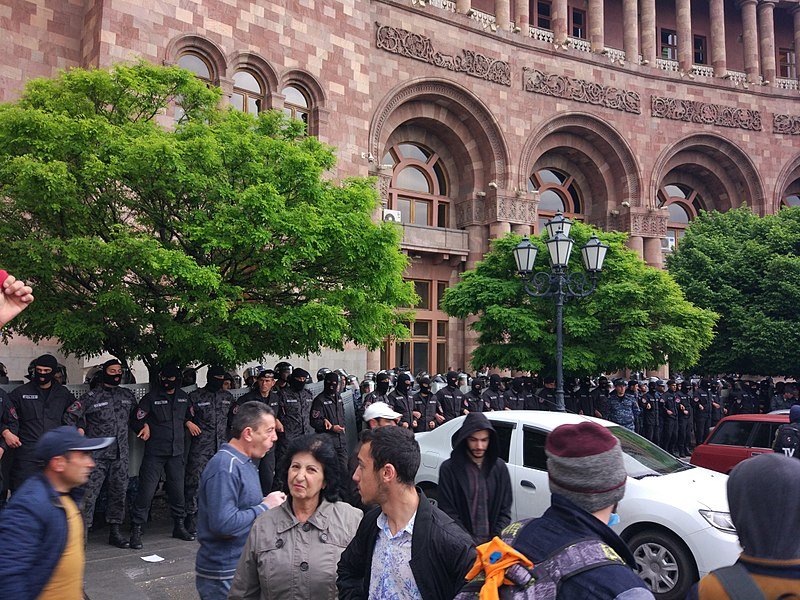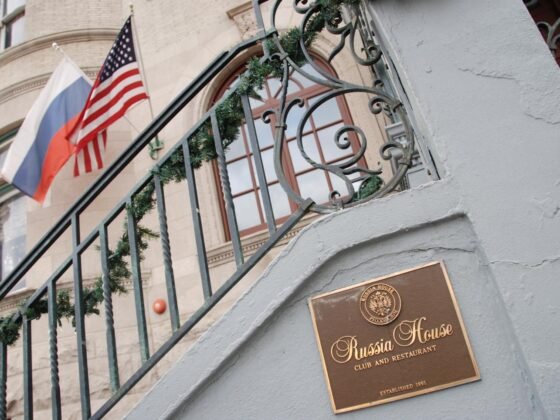(Monkey Cage/WP) (Co-authored with Mariam Matevosyan) This month, mass protests in Armenia’s capital, Yerevan, have forced the prime minister to resign — and put this nation’s political future up in the air.
The unrest began in March after then-President Serzh Sargsyan, leader of the ruling party, tried to circumvent limits on his power. Facing term limits as president, Sargsyan changed the government to a parliamentary system and stepped into the position of prime minister. Nikol Pashinyan, a member of the Armenian legislature, launched a public campaign to stop him. Intense street protests forced Sargsyan to resign after less than a week in the post of prime minister.
So what is going on?
Here’s the background
Once part of the Soviet Union, Armenia has spent most of the past 20 years as a soft authoritarian state in which the ruling elite has closely controlled political and economic opportunities. Although the country is nominally democratic, all democratic institutions, including elections and the mainstream media, have been controlled by the ruling Republican Party and its leaders since 1999. […]
Read More © Monkey Cage blog/Washington Post











